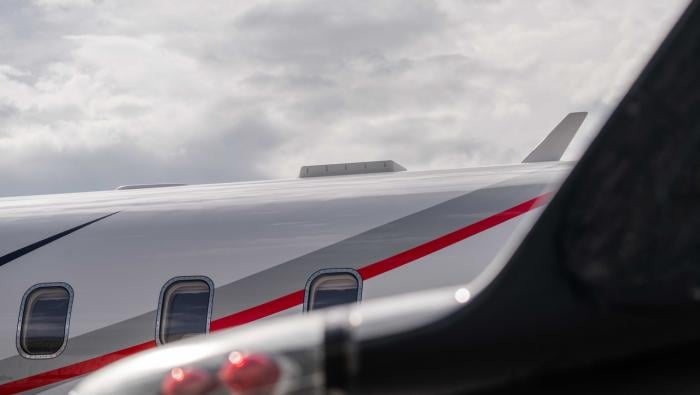The entire air charter industry has been left in the lurch since the FAA initiated enforcement action against AMI over how it was managing its operation.
For some time, the industry speculated that the FAA was looking into the operations of the on-demand charter operators and into the methods used by some Part 135 on-demand carriers and the corporate aircraft often used to provide lift for these operations.
There is nothing improper about using corporate aircraft that normally operate under Part 91 in the Part 135 on-demand charter business. However, doing so places additional burdens on both parties, and the responsibility for compliance rests with the Part 135 certificate holder. We all have known since the Platinum Jet accident at Teterboro that the senior management of the FAA was not happy about the performance of everyone involved with that certificate. As a result, the agency took a detailed look into the operation of what would become a tangled web of corporations. To the FAA’s credit it did not go into enforcement mode; rather, it chose to look at the entire process. The trade associations and many Part 135 operators worked with the agency to develop procedures so that all would understand what is expected of them.
During many industry conferences, the FAA senior management would discuss and clarify what they were doing to correct the process of operational control. It is important to remember that the involvement of management in controlling the air carrier certificate is a critical element in the overall safety of the air carrier. During my years as a member of the NTSB, I saw a number of cases involving inadequate management.
Expansion is one of the factors that makes management difficult. During the NBAA Convention in Atlanta in September, TAG Aviation Holding reported a 10-percent increase in its business. Although I cannot say for sure if that played a role in this action, keeping up with that level of growth certainly can be a challenge.
Renew Focus on Compliance
The industry’s public reaction to the FAA action has been muted, but privately many express concern about what has transpired. While it is not clear what future actions the FAA might pursue, operators would be wise to look at the process the FAA used to determine that AMI Jet Charter was in non-compliance and use that as a way to measure their status.
Operators also need to take another look at the process they have been using to evaluate their own operations. Many of the compliance audits that are performed are simply not robust enough to uncover what appears to be the issue in this case. The result is that many operators have a false sense of security.
When the NTSB conducts an investigation after an accident or incident it uses a robust set of procedures to obtain a clear and detailed picture of how the organization was operating. Although this process was time consuming it provided the necessary detail so that investigators could be reasonably sure the operation was functioning properly.
Managing an air carrier certificate is a demanding task that requires considerable attention to the smallest detail separate from actually accomplishing the many tasks required to run the operation. All too often I have heard senior management comment, after something has happened, that they believed by having procedures in place they were in compliance. Management requires much more than instituting
procedures. If procedures were all that was needed, a set of manuals could save a considerable amount of money. Management has a responsibility to its employees and customers, as well as its shareholders. Our customers believe in us when they arrive and turn over to us control of their families as well as themselves. We accept that responsibility and promise to operate at the highest levels of safety.
Do we operate to these high standards? Some of the recent accidents would indicate that there might be in our protective shield some cracks that need to be repaired. I know from my work both at the NTSB and since becoming a consultant to industry that a number of operators are providing the required management oversight and more. We need to expand that knowledge and best practices so that all companies can operate to the high standard we have promised. It is hard work to manage an aviation operation that could be spread over the world, but we in aviation have done some amazing things in the past and I know we will do whatever it takes to correct the current issues.







